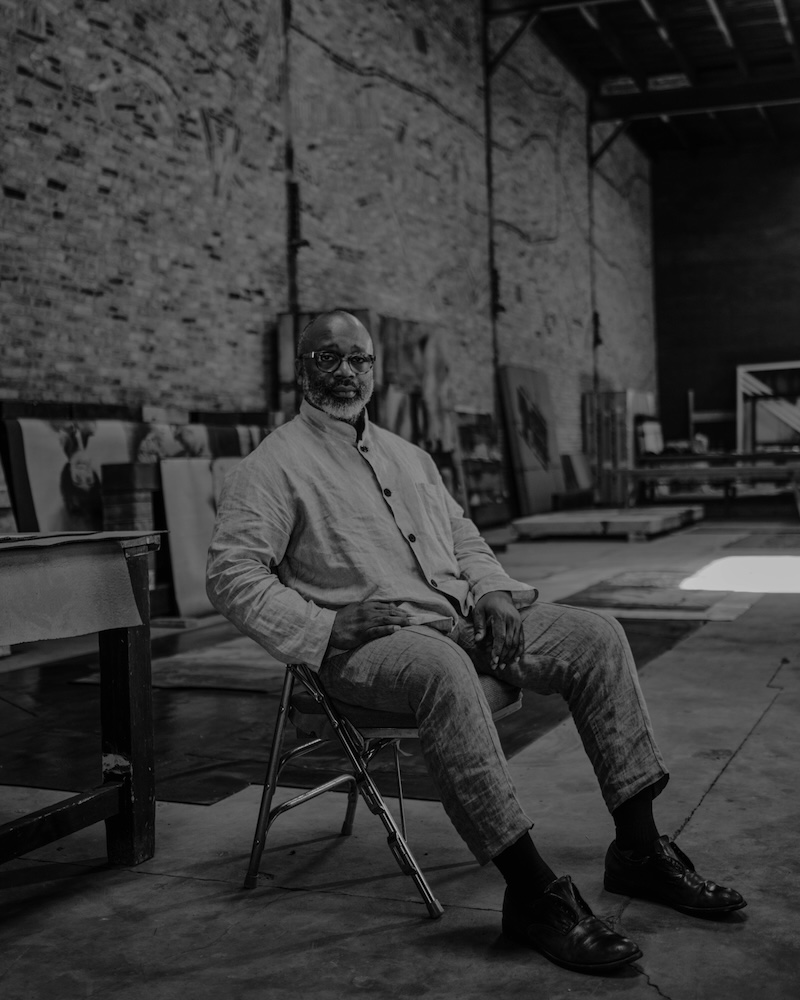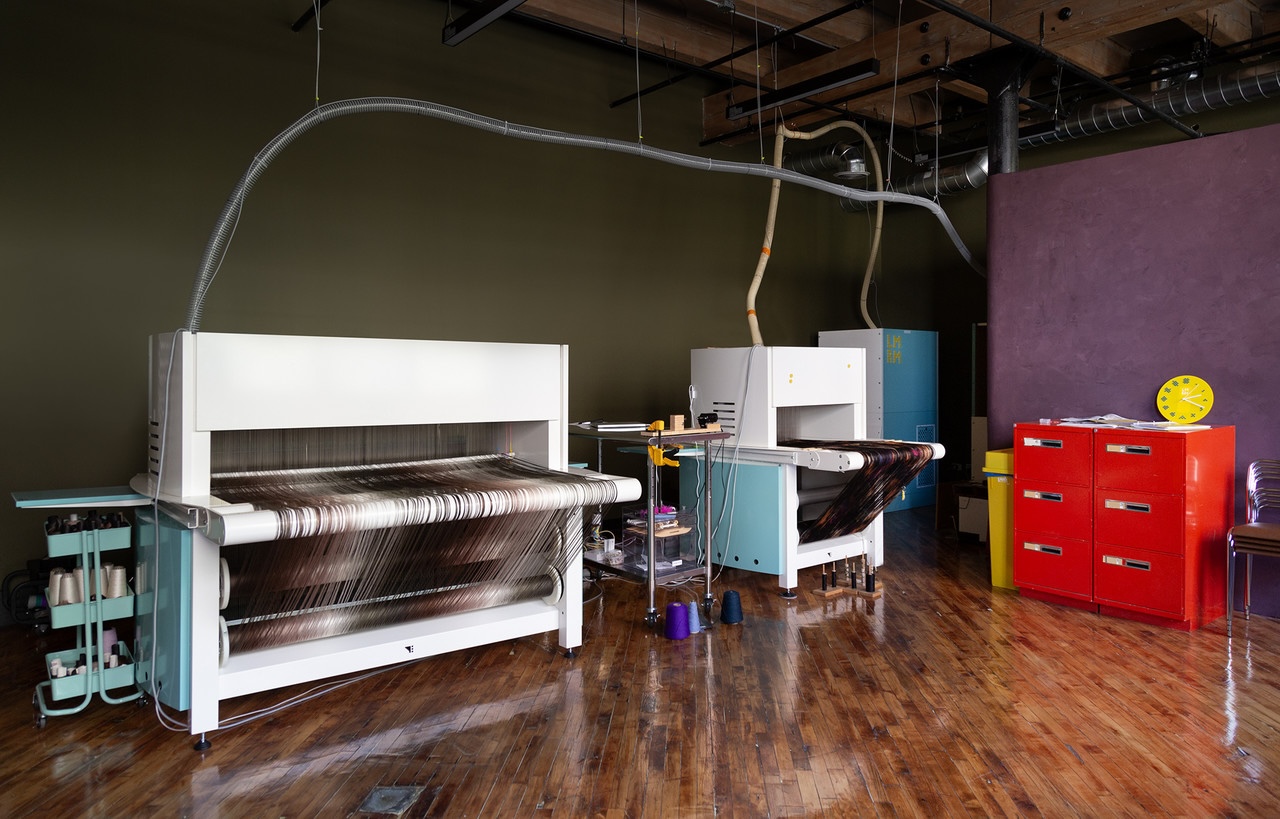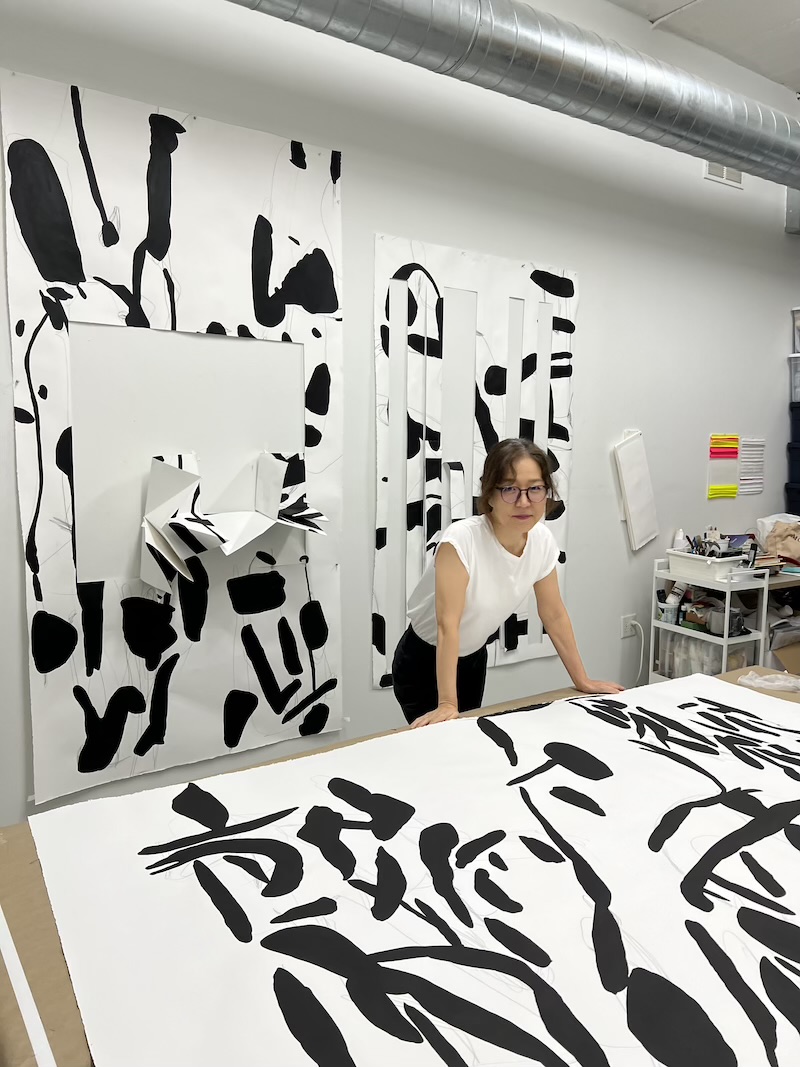Chicago Architecture Biennial Concludes Third Edition
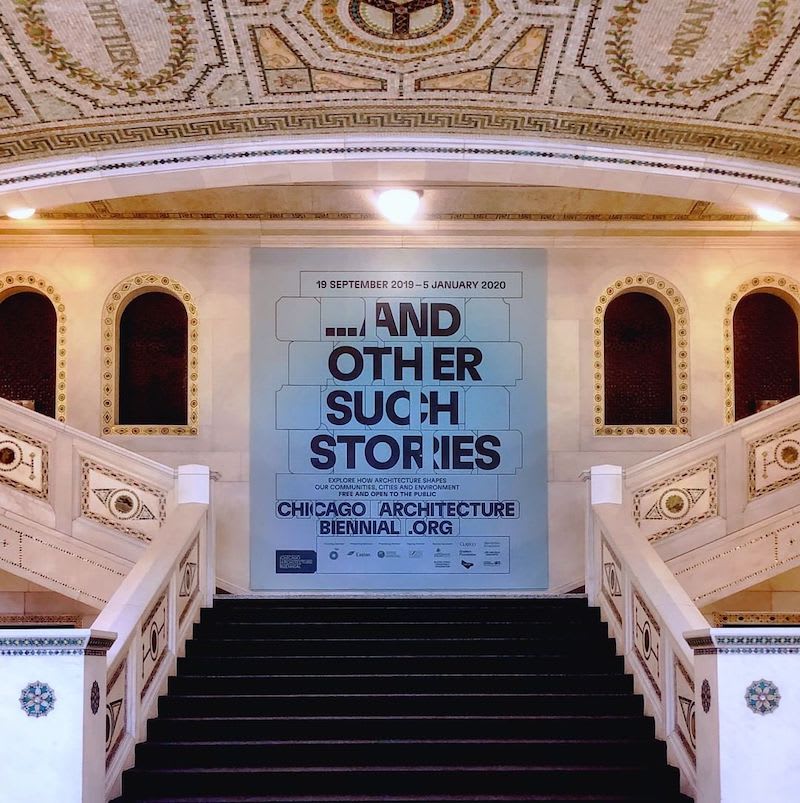
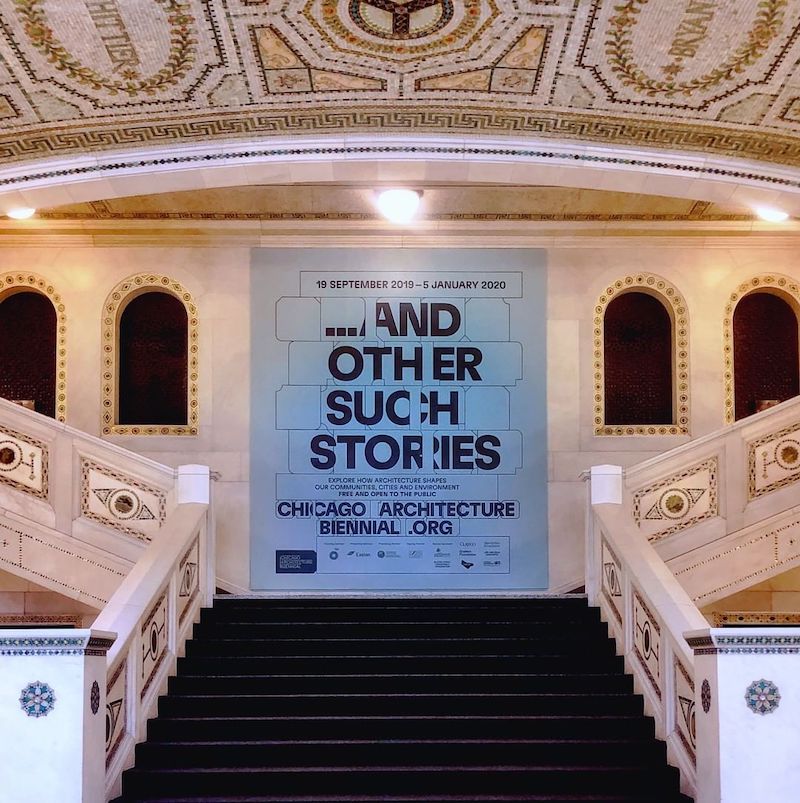
Via PR
CHICAGO (January 15, 2020) – The third edition of the Chicago Architecture Biennial closed on January 5 after a season of engaging the city in a discussion on architecture and the built environment. This year’s biennial, titled ...and other such stories, ran September 19, 2019–January 5, 2020 and brought together more than 80 contributors from over 20 countries to explore the way architecture shapes, and is shaped by, culture, history, and nature around the world.
The contributors — selected by the Biennial’s curatorial team, Graham Foundation Artistic Director Yesomi Umolu, and co-curators Paulo Tavares and Sepake Angiama — presented works that reflect on architecture as it relates to social, political, and environmental issues worldwide, including issues around property and social housing, the harmful impacts of natural resource extraction, and civil rights and systems of power.
Mayor Lori E. Lightfoot remarked, “The Chicago Architecture Biennial is a cornerstone of our city’s cultural programming and underscores the type of conversations and explorations that are truly meaningful to us here in Chicago -- conversations about our shared past, present, and future. The Biennial brought together some terrific contributors from here in Chicago and around the world to address the issues facing us today, and the result was an exhibition that not only garnered interest nationally but engaged us locally.”
Many of the commissioned works that met with critical acclaim, including those by MASS Design Group and Forensic Architecture, focused on critical urban issues, while demonstrating how architectural tools and techniques can be galvanized to promote social change. These design projects and others, including the Settler City Colonial Project and FICA, addressed a range of timely movements in collaboration with community groups, activists and families working to create equitable housing, to decolonize cultural institutions, and to address the crisis of gun violence, mass incarceration and climate change, among others.
One of these projects -- The Gun Violence Memorial Project -- will remain at the Chicago Cultural Center until early February before traveling to Washington DC for exhibition at the National Building Museum later this spring. A piece that provided a forum for the community to come together, share experiences, and mourn the victims of gun violence, the houses will remain a space for reflection, and StoryCorps will still accept appointments to share experiences until the end of January.
“We are proud to have unraveled the complexities and potentialities of Chicago‘s architecture and urbanism with people from all over the city and further afield, who collectively embraced the ideas and projects presented across the 2019 edition of the biennial,” noted Graham Foundation Artistic Director Yesomi Umolu. "Together with over 80 contributors, we brought the diverse perspectives of architects, urbanists, social movements and everyday citizens to the fore and reflected on what constitutes the city today while imagining our built and natural environment in more inclusive and expansive ways."
The emphasis on engaging a diverse cross-section of Chicago sites and issues in a global conversation was foregrounded in the constellation of off-site venues -- including (former) Anthony Overton Elementary School, the National Public Housing Museum, the School of the Art Institute at Homan Square, and the Jane Addams Hull House Museum, where contributors from South Africa, Turkey, England, Romania, Puerto Rico, Poland, and Chicago engaged the concerns of a local public through exhibitions, performances, workshops and community celebrations. These curatorial sites, along with the Chicago Cultural Center, once again the Biennial’s main venue, received 246,415 visitors through the exhibition’s run.
The Biennial also activated over 120 partner sites and 125 partner organizations across Chicago, producing over 300 exhibitions and public programs in over 50 neighborhoods and communities. This included the Chicago Department of Cultural Affairs and Special Events and Chicago Department of Planning and Development, Art Institute of Chicago, Design Museum of Chicago, Farnsworth House and MAS Context, Garfield Park Conservatory, Graham Foundation, MPEA, Wrightwood 659, Signature Education Partner Chicago Architecture Center, and Aligning Partner EXPO CHICAGO, as well as six Community Anchors: Beverly Arts Center, DePaul Art Museum, Hyde Park Art Center, DuSable Museum of African American History, National Museum of Mexican Art and National Museum of Puerto Rican Arts and Culture. Select partner sites contributed another 237,000 in core attendance, extending the Biennial platform throughout the city and region.
The Biennial’s total audience across three editions since 2015 is just over 1.5 million visitors, and in 2019, it generated an estimated $42 million in total economic impact to the city.
“The exhibits and programs presented by the 2019 Biennial attracted a wide array of audiences—at the Chicago Cultural Center, at neighborhood venues, in schools across the city,” said Biennial Board Chairman Jack Guthman. “Focusing on the intersection of architecture and the social issues affecting the built environment, the exposition gained widespread, favorable media coverage. We are proud that the Biennial, only in its third iteration, continues to position Chicago at the center of the global dialogue about the profession.”
The Chicago Architecture Biennial empowered students, teens and families, as well as educators, to use architecture and design as tools for change through engagement at the Chicago Cultural Center, at community sites and in classrooms. In 2019, the education program reached 180 schools and youth organizations through a variety of workshops, tours, youth studios, and other hands-on programming. Nearly 500 students across 81 zip codes participated in two BP Student Ideas Competitions — an opportunity for creative youth in elementary and high school to explore the built environment through design and also the humanities, visual and performing arts, and STEM fields.
Learning Initiatives engaged nearly 10,000 visitors of all ages, including through field trips and guided tours for K-12 and university students, public tours, and family-friendly weekend activities. Learning Initiatives staff and volunteers also worked to make the Biennial accessible by offering tours in Spanish, Mandarin and Portuguese; providing interpretive assistance to blind and low vision audiences; and developing educator tools and family guides to help visitors identify common themes within the exhibition.
The Biennial also hosted a wide range of performances throughout the run. Opening weekend kicked off with performances by CAMP, Alexandra Pirici, and Jimmy Robert. Regular programming throughout the Biennial included free public programs such as the opening “Land Acknowledgement” with Heather Miller (Wyandotte), Les Begay (Navajo) and Fawn Pochel of the American Indian Center with artists Feather Marsh (Ojibway) and Santiago X (Choushatta); and conversations like “Bauhaus: Through Other Stories” moderated by Art Institute of Chicago curator Alison Fisher and foregrounding the work of Biennial contributor Wendelien van Oldenborgh and artist Barbara Kasten; additionally, the Biennial, coinciding with EXPO CHICAGO, presented the opportunity to explore the intersections between contemporary art and architectural practices through its Dialogue Series.
“We were thrilled to see the enthusiastic reception of the Biennial this fall, and to have been a part of so many compelling discussions on the future of the field,” noted Biennial Executive Director Todd Palmer. “We will keep all of these conversations top of mind as we look to the future, and plan for our next edition.”
Editor's Picks
Related:
